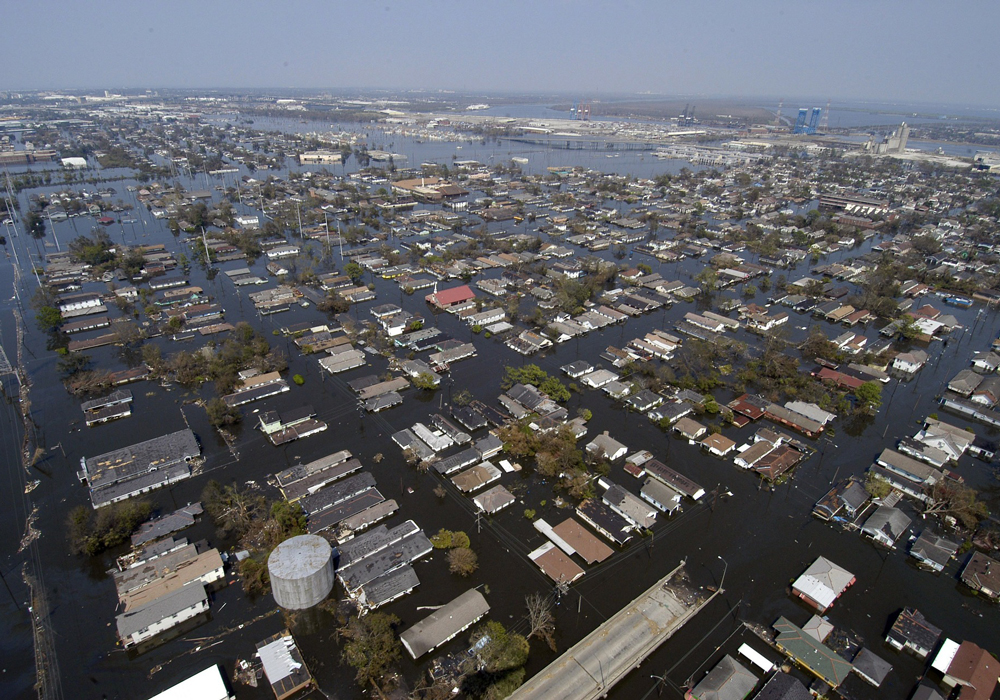Editor's note: This article was originally published in ONS Connect in May 2012.
By Debra M. Wujcik, RN, PhD, AOCN®, FAAN
I live in Middle Tennessee, an area that’s part of tornado alley, a pathway across central United States that has a higher incidence of tornadoes. We routinely prepare for the storms, listening for the tornado sirens whether at home or work. Although there have been a number of tornado touchdowns in our region in recent years, fortunately none have directly hit our healthcare facilities.
We also get a lot of rain in the spring, which is usually associated with benign flooding. However, the 1,000-year rains that came in May 2010 caught us all by surprise. Two days of torrential downpours totaled 19 inches of rain in some areas. Floods affected the area for several days afterward, resulting in a number of deaths and widespread property damage. For the first time, the basement of The Vanderbilt Clinic flooded, including the radiation oncology department.
The well-rehearsed emergency response team at Vanderbilt University Medical Center went into action. Within 48 hours, patients who had been scheduled for radiation treatments were contacted individually, staff members were reassigned to satellite locations, and repair operations were under way.
We were fortunate that the rest of the oncology services continued uninterrupted and the radiation treatment plans were still intact. However, most patients had to travel 20–30 miles farther to get their treatments, and the scheduled treatments often went late into the evening to accommodate all of the patients from the main campus. The patients and families were troopers, and the staff that was relocated to the satellites was welcomed. Physicians, nurses, and technicians worked many extra hours to ensure no treatments were delayed or missed.
A close friend of mine was in the middle of radiation therapy when the flood occurred. She had to complete treatment at the satellite office, which added more than two hours of travel time per day. In addition, most of the time, her appointments were scheduled such that she was fighting rush hour traffic to get there. She never complained because she was glad to be able to continue her treatment, but I could see that the stress of the commute and time in the car added to her fatigue and took a toll.
The experiences of the nurses featured in this month’s Up Front and One Nurse’s Perspective remind us that natural disasters, added to the personal disaster of cancer, require the very best from the healthcare providers. When a disaster is widespread, healthcare team members are affected both at home and at work. Preparation in both areas can help decrease the negative effects and hasten recovery






